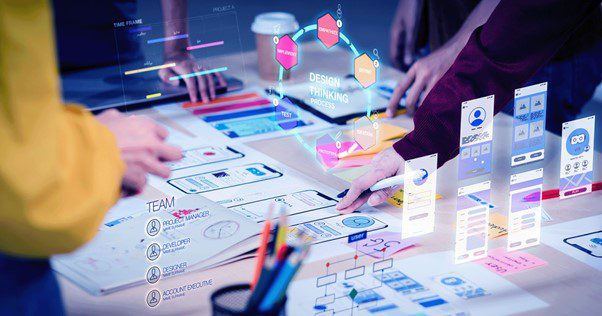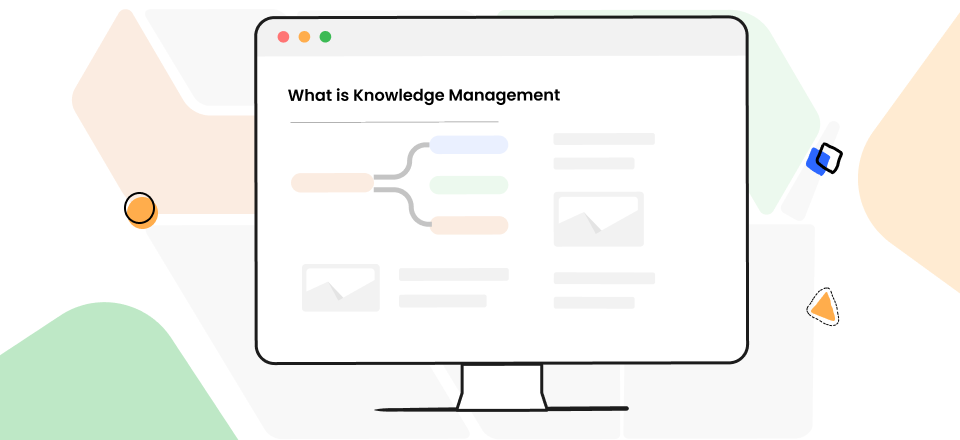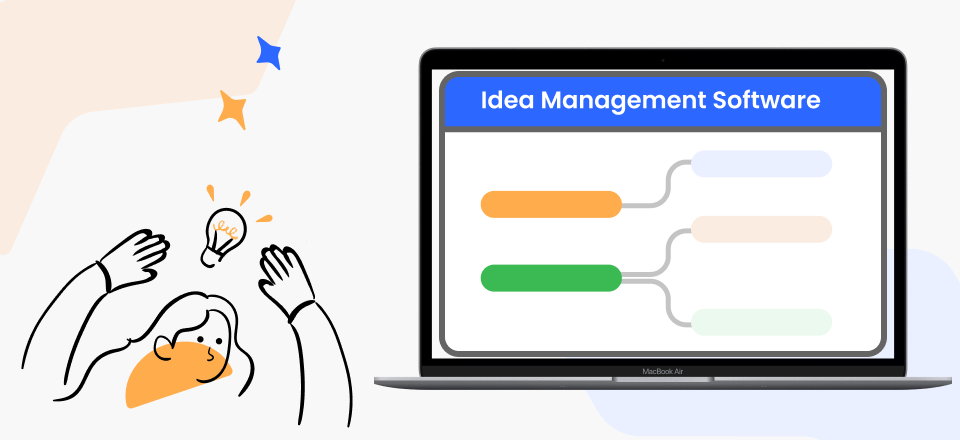It’s no secret that artificial intelligence (AI) has been trending upward for some years now. Many people say that AI is already mainstream in terms of AI trends in 2023. Whether or not that’s the case, there’s no denying that the use of AI is on the rise and presents a wide range of promising possibilities. However, it’s logical to wonder whether certain jobs may become obsolete as AI develops and improves. The UX design industry might be one that may come under scrutiny.
Some could say that UX design won’t matter much in the long run because of developments in AI and robotics. However, many don’t agree with that, but it poses a real question, “Will UX Design Be Automated?” And if you need the answer, you’re at the right place. In this article, you’ll get everything about AI and UX design. Let’s get into the details!
Table of Contents: hide
Where Are UX Designers and AI Now?
A computer or other machinery that has been “taught” to replicate human intellect is referred to as having artificial intelligence, or AI for short. Artificial intelligence (AI) is nothing more than the process of teaching computers to identify patterns in enormous volumes of data and respond according to those patterns. The market for user experience (UX) design is expanding. According to the data, its popularity is only becoming stronger with each passing year. Investing in user experience may have a spectacular return on investment (ROI) potential of up to 9000%.
Another area that is expanding quickly and has various applications across sectors is artificial intelligence (AI). The link between AI and UX design is advantageous to both parties. Given the prevalence of AI across all industries and businesses, this should not come as a surprise. AI and user experience design are still much closer than you think.
This connection was established due to AI’s capacity to help AI UX designers do their work more efficiently and effectively. AI has shown to be a helpful tool for user-experienced designers, assisting them in various ways without requiring them to assume major risks.
Will UX Design Be Automated?
No. It’s unlikely that UX design will be fully automated in the foreseeable future. While advancements in artificial intelligence and machine learning have enabled software to take on more complex tasks, certain aspects of UX design require a human touch. UX design involves understanding user behavior, motivations, and emotions and creating intuitive, easy-to-use interfaces. This requires creativity, empathy, and a deep understanding of human psychology, which are difficult for machines to replicate.

Will UX Design Be Automated
Moreover, UX design often involves collaborating with stakeholders, conducting user research, and testing prototypes, which require human-to-human interactions that machines cannot replicate. However, AI and machine learning can assist UX designers in various ways. For example, they can help analyze user data, automate repetitive tasks, and generate design concepts based on user feedback. AI-powered tools can also help designers identify usability issues, predict user behavior, and personalize experiences based on user preferences.
How AI Can Replace UX Designers?
How AI Will Affect UX Design?
There are parallels between the roles of UX designers and those of AI or ML specialists. Both collect information from their users, evaluate their activities, and make accurate predictions about people. Examples of artificial intelligence leveraging past data to provide improved services include chatbots, self-driving vehicles, delivery drones, Google Translate, Alexa, and Siri.
Artificial intelligence (AI) aids designers and developers throughout the UX process, making their job simpler and more efficient overall. Using AI and predictive analytics, which attempt to foresee how consumers will respond to certain scenarios, UX designers can create more useful products.
How AI Will Replace UX Designers?
It’s important to note that AI is unlikely to replace UX designers completely. While AI can assist in certain aspects of UX design, such as data analysis and prototyping, only human designers can bring several key skills and qualities to the table.
The only way that AI can replace UX designers is if it can automate the routine duties that take up so much of a designer’s time. For example, you may need to resize photos, generate design variants, or arrange design elements in a certain order. Certain AI technologies may suggest new layouts when given a set of constraints.
Without having to always start from scratch, this method can help designers swiftly develop a wide variety of ideas and concepts. While AI may be able to automate some tasks in the UX design process, it cannot replace human designers’ unique skills and expertise.
What Is the Future of UX and AI?
According to PwC’s research, which looked at over 200,000 employees in 29 different nations, by the middle of the 2030s, as much as thirty percent of all jobs might be automated. Nevertheless, despite what it may seem like, the human job future may not be as gloomy as it appears. According to projections made by the World Economic Forum, artificial intelligence will replace some human occupations and generate 97 million more positions by 2025. The common agreement is that artificial intelligence will neither eliminate the necessity for user experience design (UX design) nor replace human UX designers.
The future of UX and AI will likely be one of increased collaboration and integration. As AI and machine learning technologies evolve, they will become more sophisticated in assisting UX designers in various ways. For example, AI-powered tools can help designers analyze user data, identify usability issues, and generate design concepts based on user feedback. As a result, UX designers will be able to work more efficiently and effectively, allowing them to focus on more high-level tasks such as user research, creativity, and collaboration.
At the same time, UX designers will need to develop new skills and adapt to the changing landscape of their profession. They will need to become more familiar with AI technologies and how they can be used to improve the user experience. They must also learn to work with data scientists and other AI experts to integrate AI tools into their design workflows. Moreover, UX designers must stay current with emerging technologies and trends and be willing to experiment with new design approaches and tools.
Overall, the future of UX and AI is one of exciting possibilities and opportunities. As AI continues to evolve, it can transform how we design and create user experiences, making them more intuitive, personalized, and effective.
Final Thought
Reading about the predicted effects of AI’s predicted fast growth might be unsettling. But we hope this article has answered the question, Will UX Design Be Automated? Artificial intelligence (AI) will unlikely eliminate the need for user experience (UX) designers anytime soon. When creating products that are easy for people to use, UX will always emphasize empathy because it relies too much on the ‘human touch. Although AI is anticipated to play a larger part in the UX design process, it should be viewed as an opportunity rather than a danger.


